Sustainable practices for eco-friendly homes

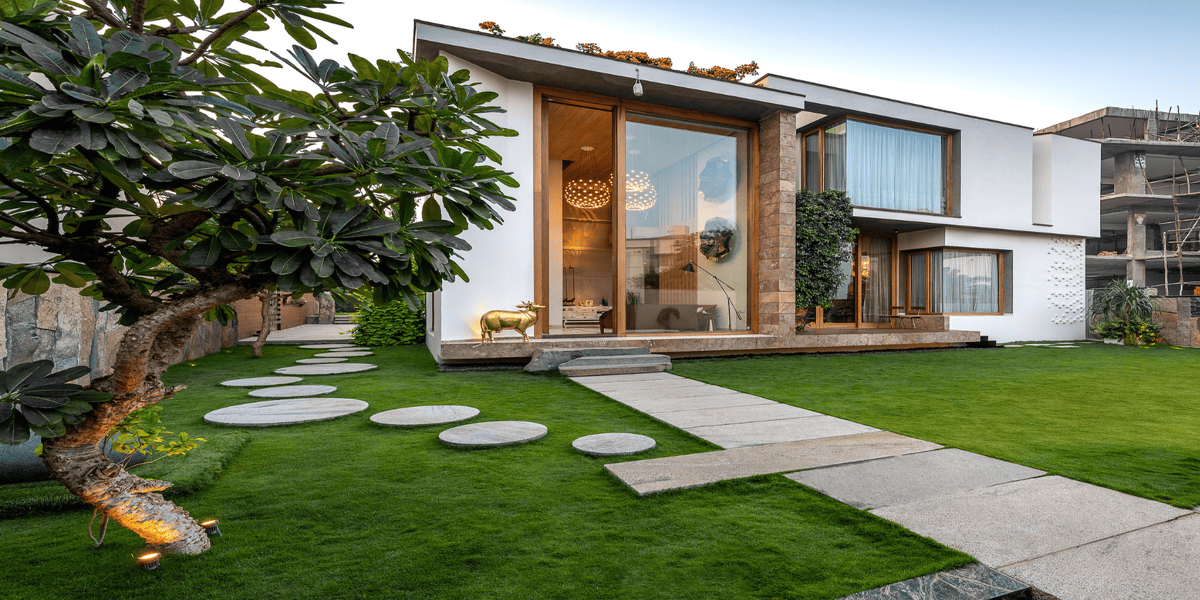
In the quest for eco-friendly homes, sustainable practices are becoming essential for modern living. Homeowners are increasingly recognizing the impact of their choices on the environment, leading to a surge in green building and renovation practices. Implementing sustainable strategies not only benefits the planet but also promotes a healthier lifestyle.
Energy Efficiency
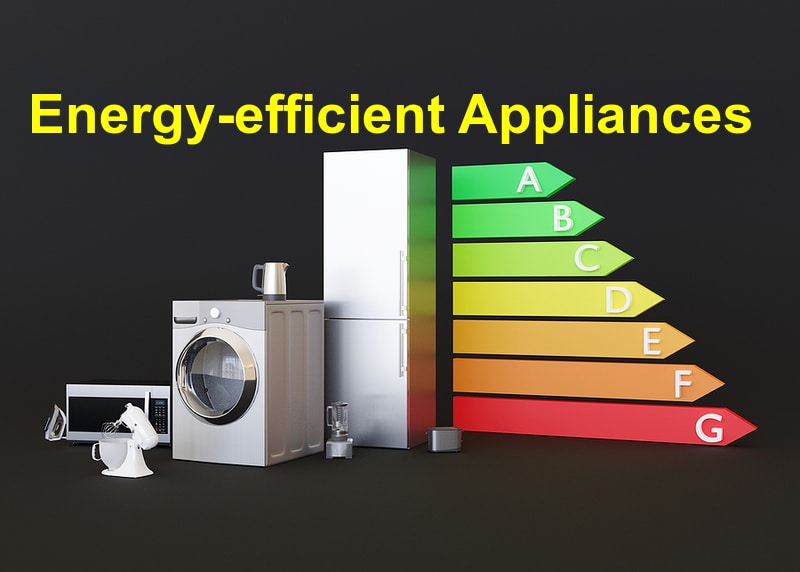
One of the foremost sustainable practices involves enhancing energy efficiency. Upgrading to energy-efficient appliances can significantly reduce electricity consumption. Look for Energy Star-rated products, which meet strict efficiency guidelines set by the U.S. Environmental Protection Agency. Additionally, incorporating LED lighting and smart thermostats can help manage energy use effectively.
Water Conservation
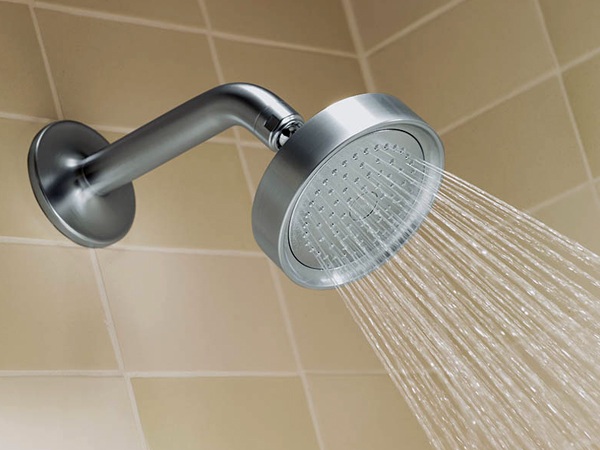
Water conservation is another crucial aspect of eco-friendly homes. Simple changes, such as installing low-flow faucets and showerheads, can reduce water usage without sacrificing performance. Collecting rainwater for irrigation and using drought-resistant landscaping can also help preserve this vital resource while maintaining a beautiful yard.
Sustainable Materials

Choosing sustainable materials is key to reducing your home’s carbon footprint. Opt for reclaimed wood, bamboo, or recycled materials for flooring and furniture. These options not only minimize waste but also add unique character to your home. Additionally, consider using non-toxic paints and finishes to improve indoor air quality.
Renewable Energy Sources
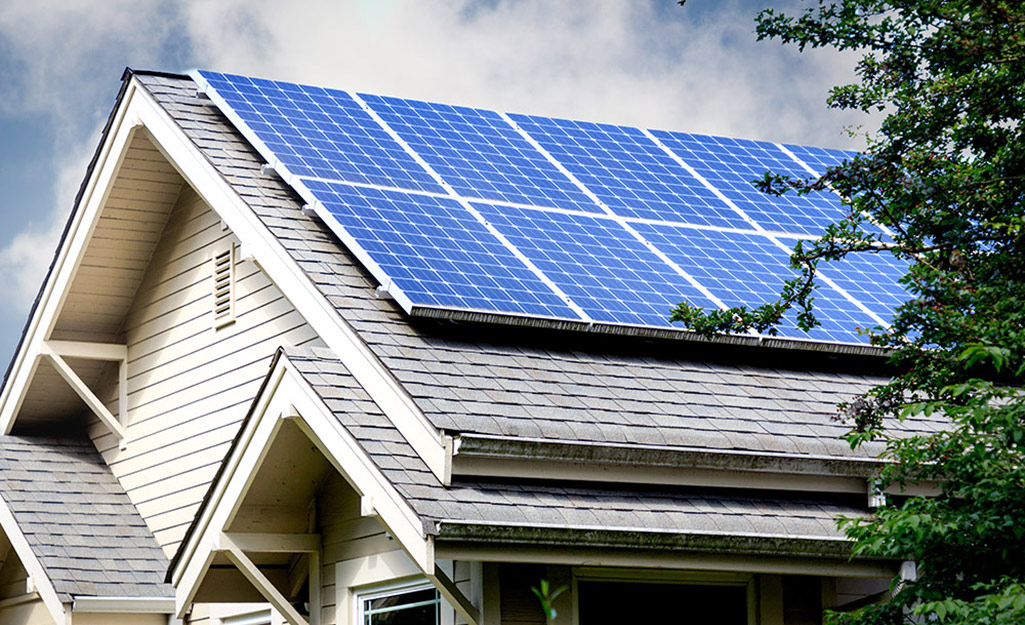
Harnessing renewable energy sources, such as solar power, can make a substantial difference in an eco-friendly home. Installing solar panels can reduce reliance on fossil fuels and lower energy bills. Many governments offer incentives for solar installations, making it a financially savvy option as well.
Efficient Insulation

Proper insulation is essential for maintaining a comfortable indoor climate. It reduces the need for heating and cooling, resulting in lower energy consumption. Consider using eco-friendly insulation materials, such as cellulose or sheep’s wool, which provide excellent thermal performance while being less harmful to the environment.
Indoor Air Quality

Improving indoor air quality is vital for creating a healthy living environment. Utilize air-purifying plants like spider plants or peace lilies to naturally filter the air. Installing a high-quality ventilation system can also help circulate fresh air, reducing indoor pollutants and allergens.
Smart Home Technology

Integrating smart home technology can enhance sustainability in various ways. Smart devices allow homeowners to monitor and control energy and water usage in real-time, making it easier to identify inefficiencies. These technologies can also automate systems, such as lighting and temperature, to optimize energy consumption.
Community and Collaboration
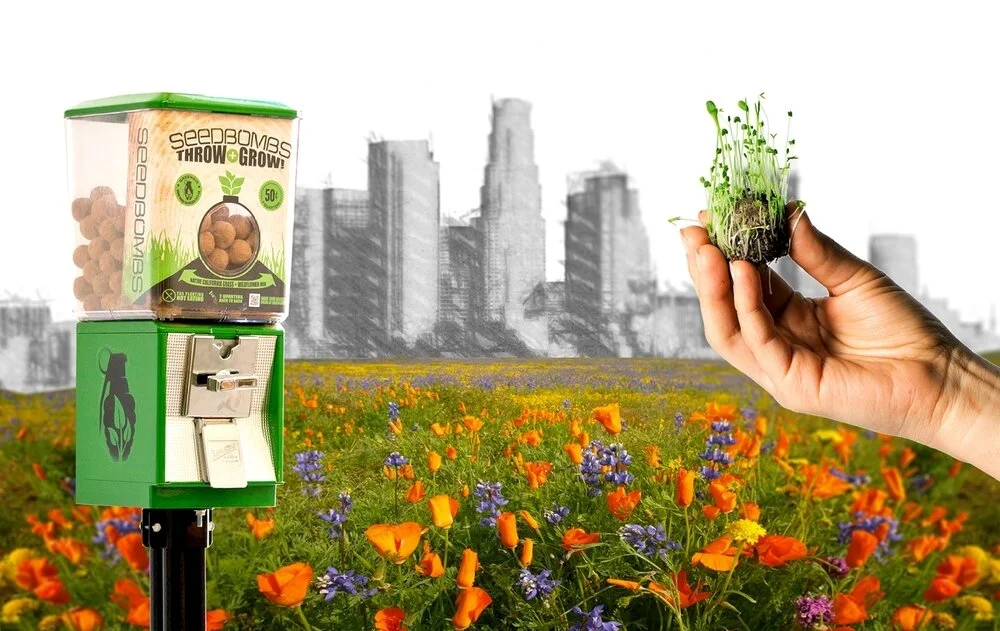
Engaging with your community can amplify the impact of sustainable practices. Consider joining local groups focused on sustainability or participating in community gardens. Sharing resources and knowledge can lead to greater collective efforts toward eco-friendly living.
By adopting these sustainable practices, homeowners can contribute to a healthier planet and enhance their living spaces. Eco-friendly homes not only reduce environmental impact but also foster a sense of well-being, making them an ideal choice for modern living.